|
by Dark Watcher |
|
|
Similar to the goal of the Philips CD-i,
a company called 3DO set out to create a new standard in multimedia. Their creation became the 3DO Interactive Multiplayer. It was capable
of running 3DO interactive software (games), Audio CD's, CD+G, Photo CD and Video CD's using an add on. Rather then manufacturing their
new system, 3DO decided to make 3DO Interactive Multiplayer a franchise. Sanyo, Panasonic and Goldstar all bought rights to manufacture
the 3DO system. Once produced and sold, 3DO would claim a royalty for each system and $3 for each game sold. In October of 1993, Panasonic began sales of the first 3DO Interactive Multiplayer. The systems capabilities were clearly quite ahead of its time. Although it was not the first 32-bit system in history, the 3DO was the first 32-bit system in the United States, beginning with the the FZ-1 R.E.A.L 3DO Interactive Multiplayer followed by the FZ-10 3DO Interactive Multiplayer. There were several more models established by other companies, but other then a few additions they are all pretty much the same. |
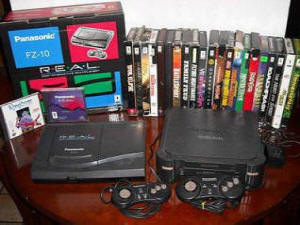 |
|
As groundbreaking as the console was, the 3DO was also one of the most expensive systems
ever released. At a whopping $700 USD or more, this machine only seemed to attract the wealthy. Even after a few price drops, the 3DO
never recovered from its initial reputation as a rich man's videogame system. Since 3DO placed no software licensing restrictions, the
3DO amassed a large library of games. Some quality titles such as Need For Speed and Road Rash became quite popular. Others (as with
Atari 2600 titles) were sheer crap.
In 1995 the 3DO company began announcing a new technology called 3DO M2. This technology was rumored to have 7 times the power of any console released at the time. M2 would come standard in a new 3DO system, or be used to upgrade existing systems. The 3DO Interactive Multiplayer could have had the capability to compete even with newer 32-bit systems, but M2 never became reality. M2 technology was sold off to another company (Matsushita), and 3DO machines never saw the upgrade. Gamers found themselves more interested in cheaper 16-bit consoles, and eventually newer 32-bit systems entered the market. 3DO games and systems found their way into clearance bins starting in 1996. The system eventually died the end of that year. FACT: 3DO Interactive Multiplayer had only one controller port. However, this wasn't a problem since extra controllers (up to 8) could be easily daisy-chained to another controller. The original Panasonic controllers have a built-in stereo headphone jack along with a volume control dial. The system has its own internal memory to save games and other information. It has 2 expansion ports which were to be used for future upgrades such as memory cards, modems, digital video cartridges and the M2 system upgrade. The 3DO was definitely designed for the long haul. |
|
|
by Marriott_Guy |
|
|
The 3DO REAL Interactive Multiplayer (3DO) system is one of those consoles that is
either loved or hated by those in the gaming community. Released by Panasonic in September of 1993, this new gaming machine was one of
the first entries within the 32-bit gaming era. The developer, The 3DO Company, was created by Trip Hawkins, co-founder of Electronic
Arts. Their aim was to create the first 32-bit system that truly delivered a 3D gaming experience. On many levels they achieved this objective
and were successful in pioneering some technological advances in both hardware and software for the time. 3DO had an eager audience yearning
to upgrade their outdated 16-bit systems (notably the Sega Genesis, Super Nintendo and NEC Turbo
Grafx systems).
The 3DO Company did not actually construct any of the 3DO systems, but instead chose to develop the technology and license it to third party manufacturers (Panasonic, Goldstar, Sanyo, Creative Labs and AT&T). With very affordable licensing fees and a heavy marketing campaign, the 3DO seemed destined to become the system of choice. Unfortunately, this opportunity was squandered by the steep $699 USD ($1228 USD in today's dollars) offering price which alienated much of the video gaming community. Most game manufacturers expect initial financial losses on console sales with the thought that they will make it up in royalty fees and software sales. Since the manufacturers would never see any of these profits. Since The 3DO Company owned these rights, Panasonic, Goldstar and Sanyo had to gain a profit on each system that was sold. Hence the high price point. |
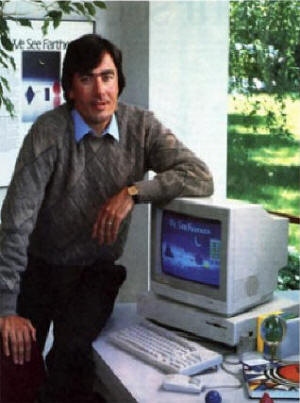 |
|
Aesthetically, the 3DO system (any version) is nothing to write home about. Each is
rather nondescript and belies the potent technology under its hood. In total there were six (6) releases of the home system
produced by Panasonic, Goldstar and Sanyo. AT&T also though about getting into the mix, but their 3DO prototype never saw the light of day.
The most rare model is the Goldstar 3DO Alive I, a South Korean exclusive.
The 3DO was powered by a 32-bit 12.5 MHz RISC CPU (ARM60) with a math co-processor and separate video co-processors which rendered games in true 24 bit color and was able to display FMV (Full Motion Video). This hardware was a great leap forward in 1993 and was revolutionary for the time. The 3DO featured an internal drive that was utilized for saving games and caching game data during play. Sound is delivered in crisp 16-bit full stereo and with Dolby Surround Sound technology (one of the first to incorporate this into a console). The interface of the console featured power and CD eject buttons with only one controller port. The controllers, while very comfortable and intuitive, required the 2nd controller to be plugged into the "master" controller to enable two (2) gaming ("daisy-chained"). Obviously, this set up was not a good call by 3DO. With the exception of the controller configuration, the 3DO hardware technology was all good news. One thing was forgotten in the process (and that we have seen repeated in subsequent "next-gen" systems even to today) - game play. The 3DO library of games is not the worst of all time (that honor belongs to the Memorex VIS in my opinion), but it is not out of the bottom ten. Relying too heavily on the new technology that was afforded them, games for the 3DO often relied upon FMV to attempt to deliver the gaming experience. What was forgotten was the actual game play and development. FMV production was costly at that time and, though impressive in 1993, did not offer much to the gamer other than eye candy. The frame rate of the FMV (and FMV-based games) was a bit choppy at times. That being said, lets proceed to the actual games. There were a number of great games released for the 3DO. Notable hits include Road Rash (best version on any platform), The Need For Speed, PGA Tour Golf 1996, Madden Football, Out Of This World, the Shock Wave series and the highly collectable Lucienne's Quest. The 3DO also released the game Night Trap, a FMV game featuring Dana Plato (know from the 1980s hit TV series Different Strokes and subsequent adult movie fame), which was the catalyst in the creation of the ESRB (Entertainment Software Rating Board) which we now see today. Unfortunately, for every great game that was released there were 9 others than were truly brutal. |
|
|
Games came originally packaged in long, tall boxes made of sturdy cardboard with a
hard, black plastic lining to protect them. Later releases were distributed in cheap cardboard boxes that collapsed easily, or in standard
CD style cases. Many collectors hate the long original boxes since they do not stand up well and are difficult to display (due to size
and poor construction on many). Personally, I love the old-style boxes. The art work is generally very good and there is just something
about them for me (like, but not as great, as the Neo Geo carts) that I like. It may be
just that they are different from every other game packaging.
Overall, the 3DO was a somewhat innovative console in 1993 but lacked the attention to gaming that caused this systems demise (along with its absurd initial price). The Sony PlayStation, released in December of 1994, ultimately put the stake in this systems heart. 3DO attempted to make a comeback in 1997 with its second generation system (3DO 2 / Panasonic M2), but that is for another article. |
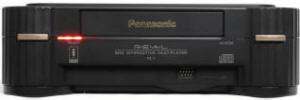  |
| This console is a recommended purchase for any gamer. A working, original FZ-1 model is sought after by many due to its place in gaming history and will run you around $40 USD (CIB $90). The FZ-10 is the most reliable. Expect to pay $30 ($70 CIB). The Goldstar version is a little more rare, with a going rate of around $40 ($90 CIB). The Sanyo TRY is rather pricey. Expect to pay $200 for a CIB system plus $65 shipping if coming from Japan to the US. For either of the Goldstar Alive models - break out some BIG bucks!! | |
 SECOND LOOK SECOND LOOKby 98PaceCar |
|
|
I'll admit I have a soft spot for the 3DO as it was the first post
NES console I personally purchased while it was still available in retail. I found most
of the titles I owned to be well worth the time and effort to play. The library was varied enough to keep me interested with many games
that were not FMV based offerings, as was the norm during this generation. Even with its very high price of admission, I never felt that
I wasn't getting my money's worth and still feel that way today.
Hardware wise, the 3DO does tend to show its weaknesses today. Long load times and the need to daisy chain controllers are the two major issues faced by the 3DO with no real solutions available. However, the gamer that looks beyond these issues will be rewarded with many offerings that are well worth the price of entry. I spent a lot of time with games such as Need For Speed, Road Rash, Guardian War and Shockwave. To this day, Return Fire is one of my favorite multiplayer games on any system with its simple, quick and highly competitive game play along with the perfect soundtrack for waging war on your friends. The conversions of both Super Street Fighter II Turbo and Samurai Showdown were nearly arcade perfect, albeit with noticeable load times. |
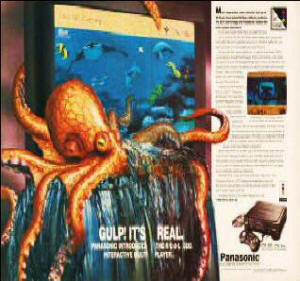 |
|
The 3DO even managed to grab the attention of my mostly non-gamer mother
with titles like Icebreaker and Incredible Machine, two very good puzzle based games that she still plays to this day. However, the 3DO
does have its share of ill conceived games with poor game play and as much as I would champion the system, the games that are bad are
really bad. Several FMV games were made along with many shovel-ware titles of the era causing the overall 3DO library to be among the
weakest around. But the games that are good are very good, so don't be afraid to jump in and try the system out.
For the gamer, the 3DO is a great system. The price of the console is very reasonable and most of the must own games are low priced and typically easy to locate. There are a few titles that can command high prices and are seldom seen on eBay or elsewhere, but those are mostly kiddie titles and are not recommended for anyone other than completest. Despite its shortcomings, the 3DO belongs in the stable of any serious gamer or collector. |
|
|






 2010s - NOTES
2010s - NOTES


 MODELS
MODELS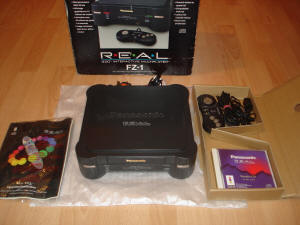
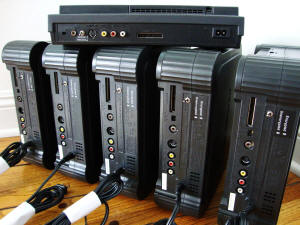
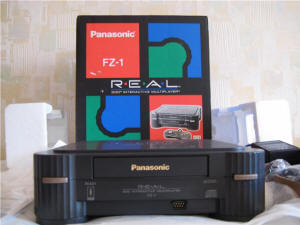



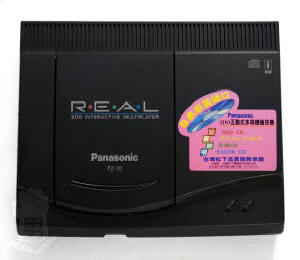
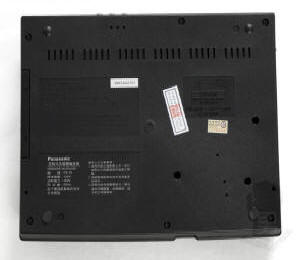
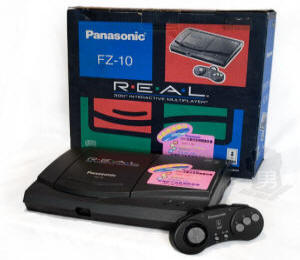
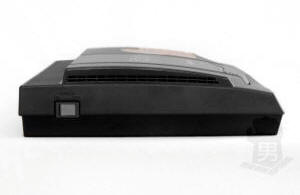
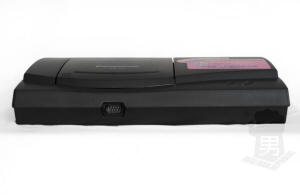
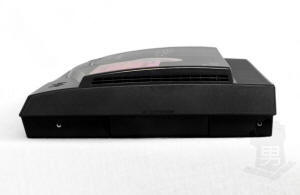
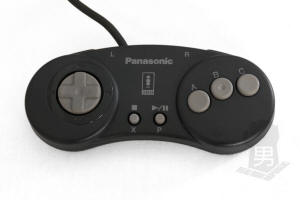
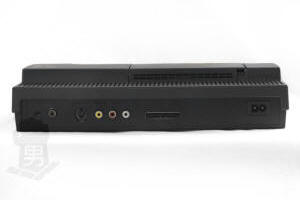

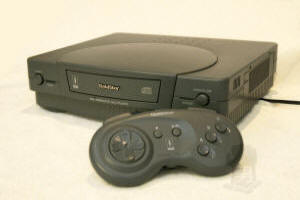
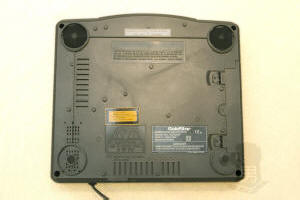
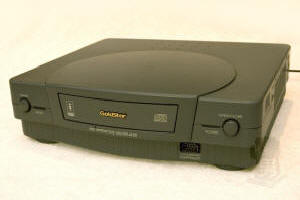
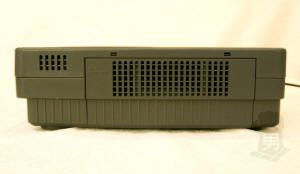
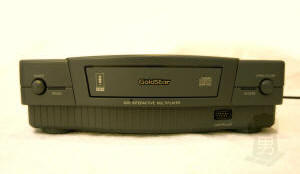
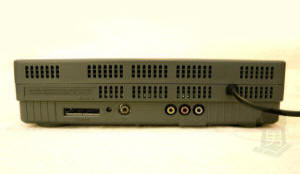
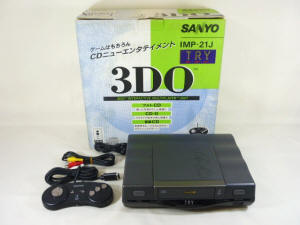
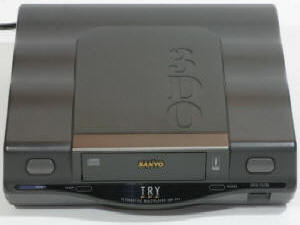
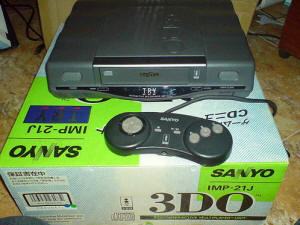
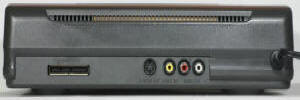
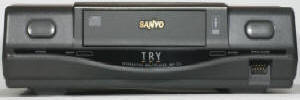
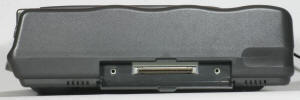
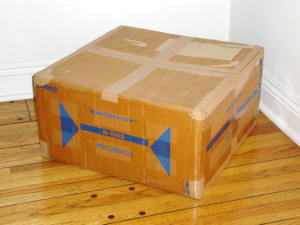
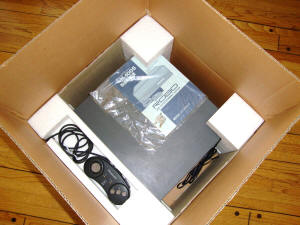
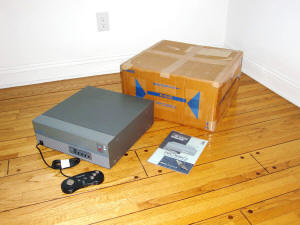
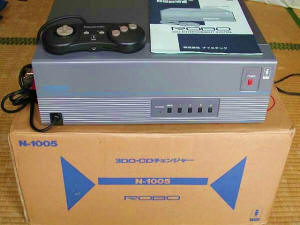
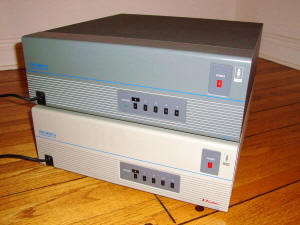
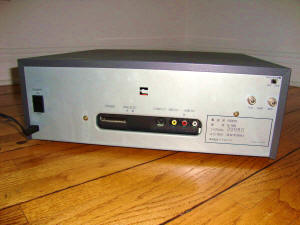
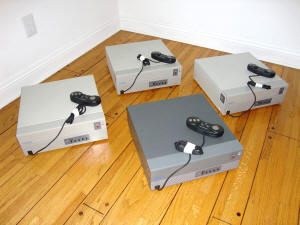
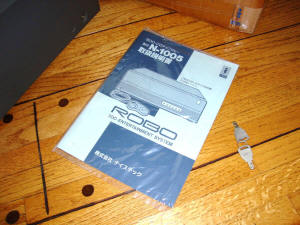
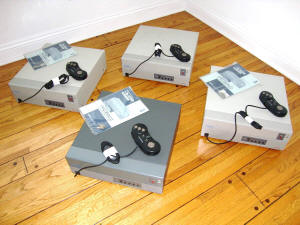
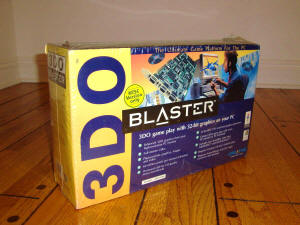
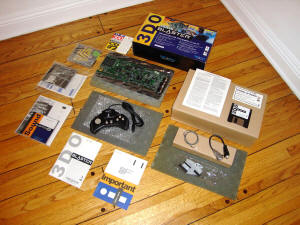
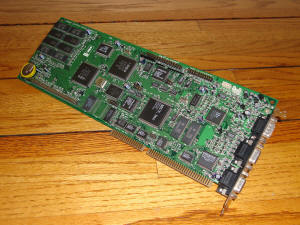
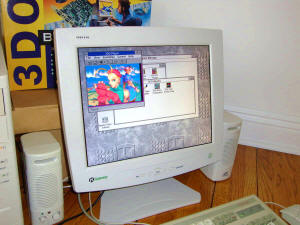
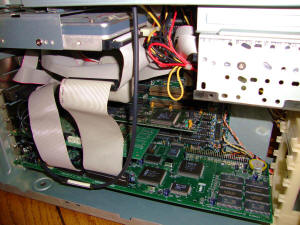
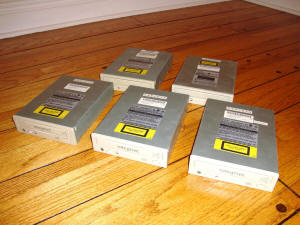
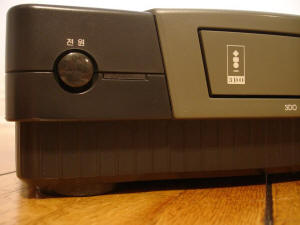
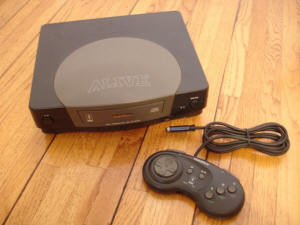
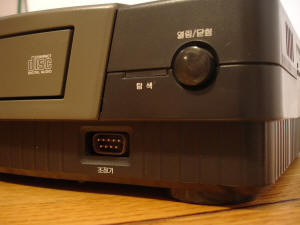
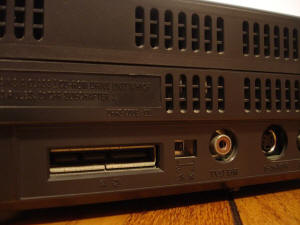
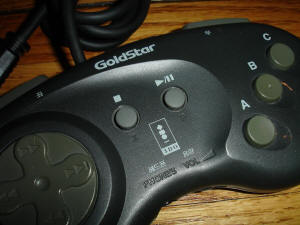
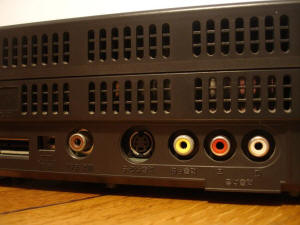
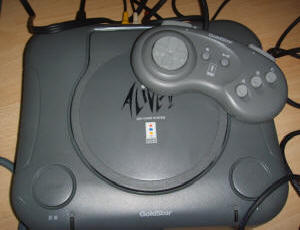
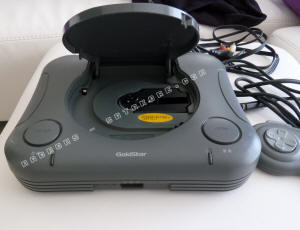
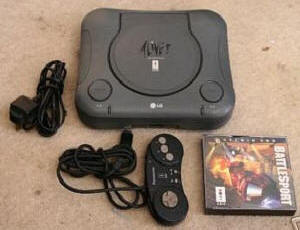
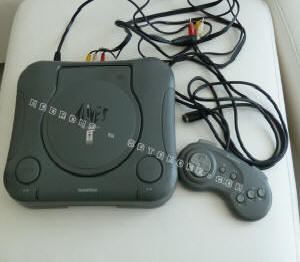
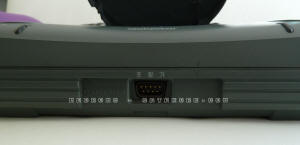
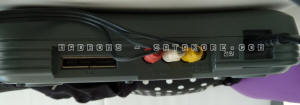
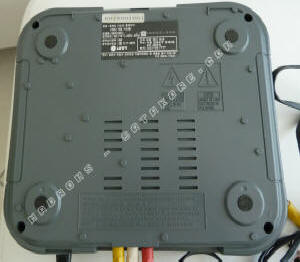
 CLONES
CLONES CONSOLE RATINGS
CONSOLE RATINGS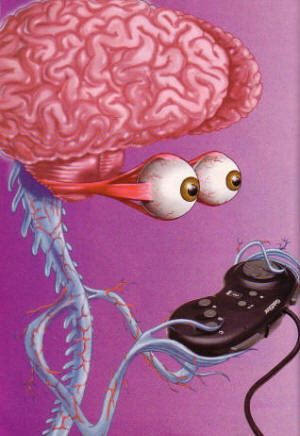
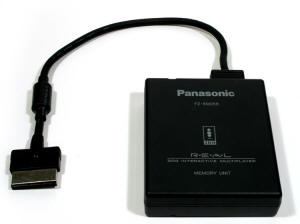
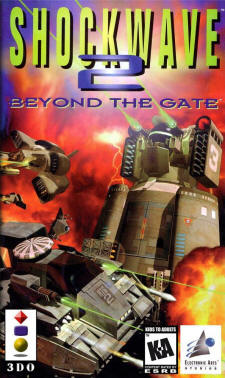
 FORMAT, PACKAGING & GENERAL INFO
FORMAT, PACKAGING & GENERAL INFO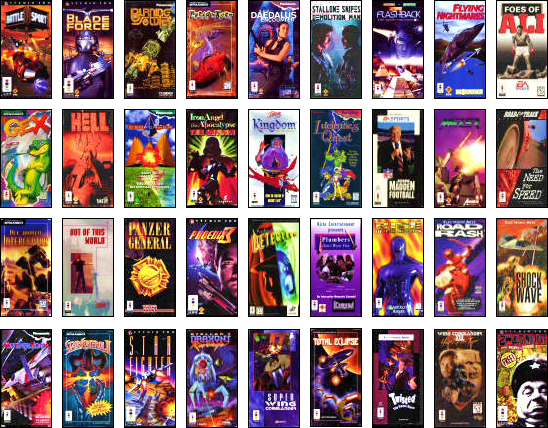
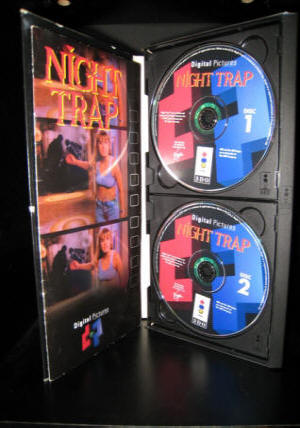
 SCREENSHOTS
SCREENSHOTS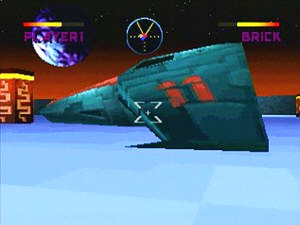
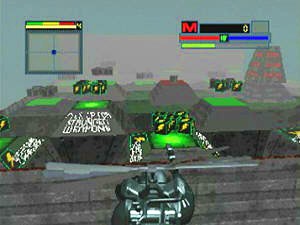
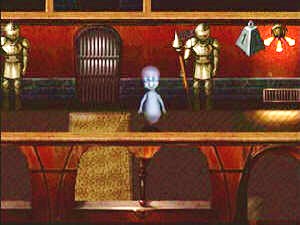
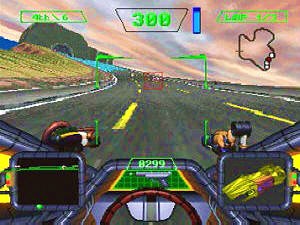
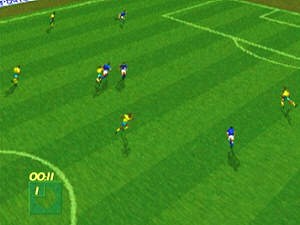
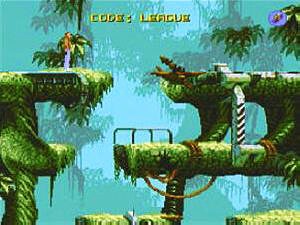
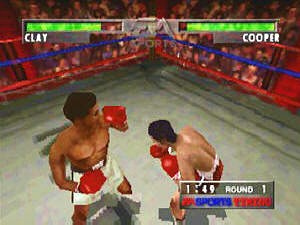
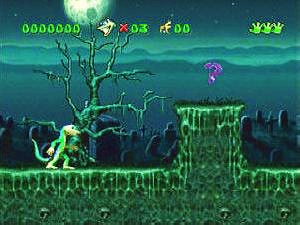
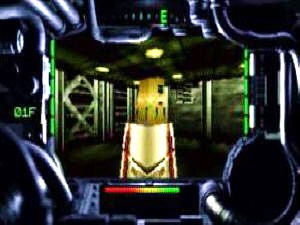
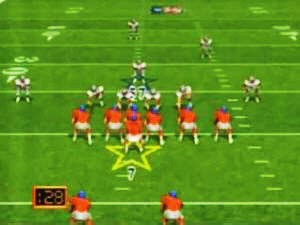
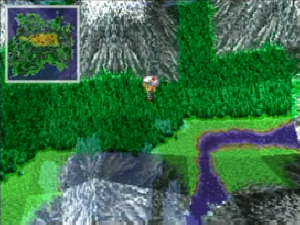
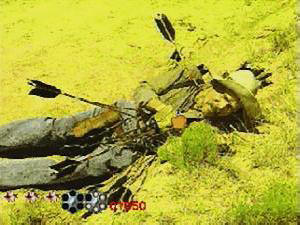
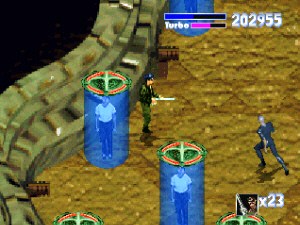
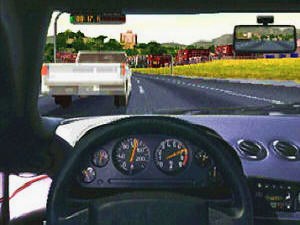
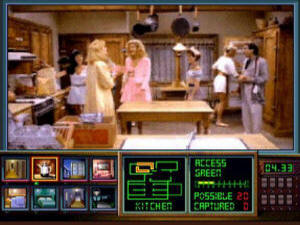

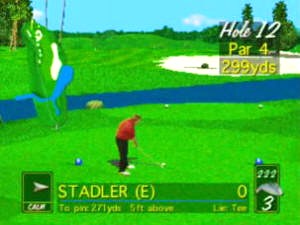
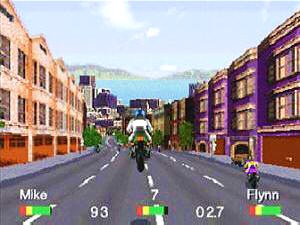
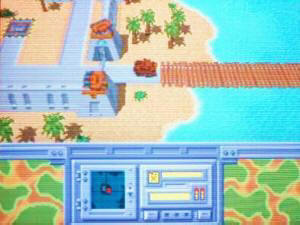
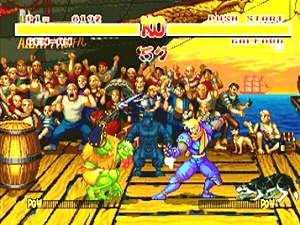
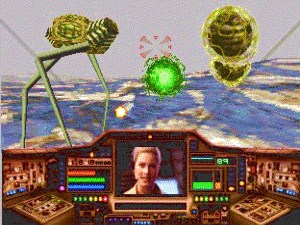
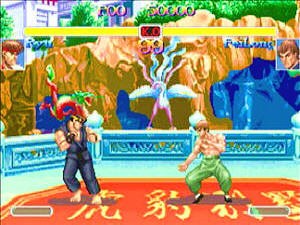
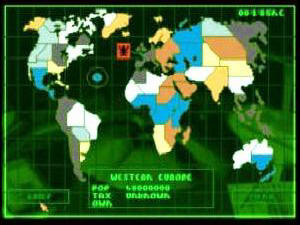
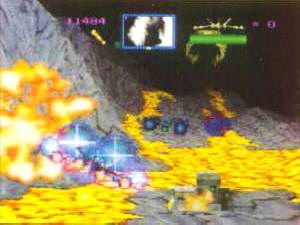
 EMULATION
EMULATION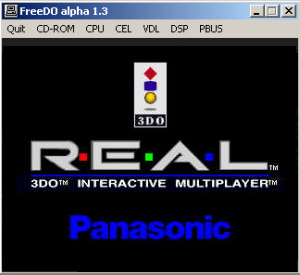
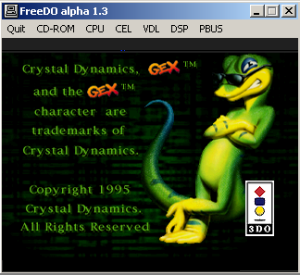
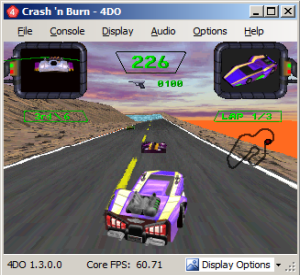
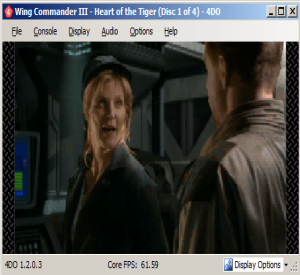
 SPECS & MANUALS
SPECS & MANUALS OTHER
MEDIA
OTHER
MEDIA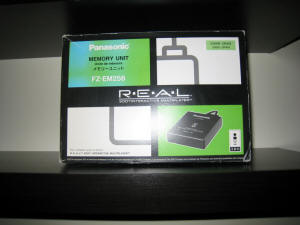
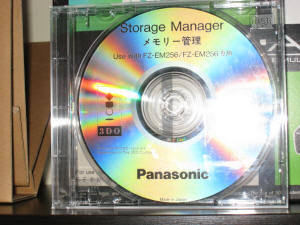
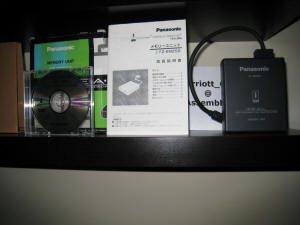
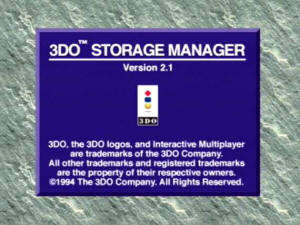
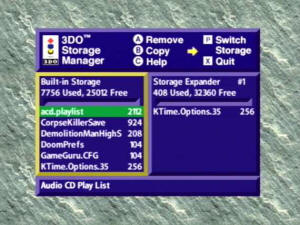
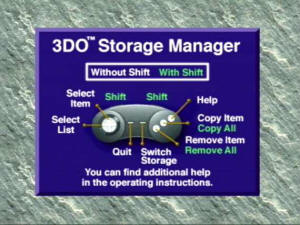
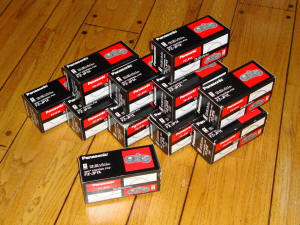
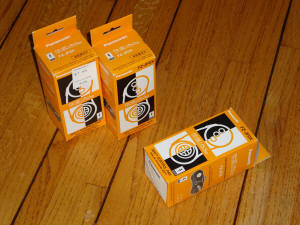
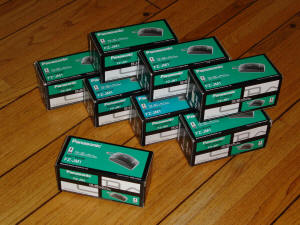
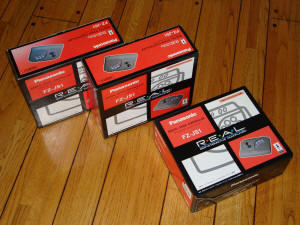
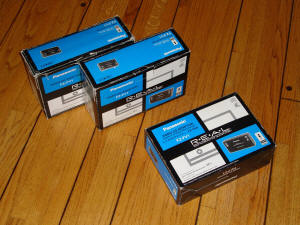
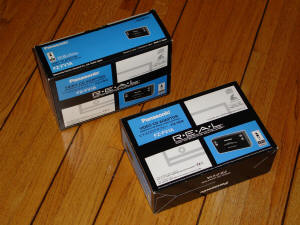
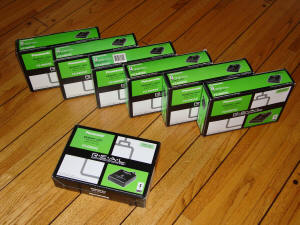
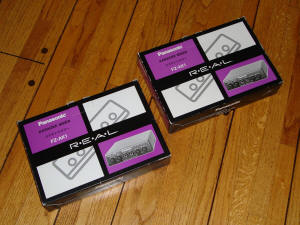
 WEB RESOURCES
WEB RESOURCES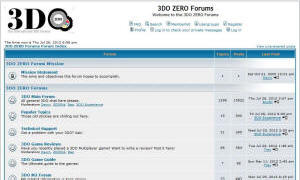
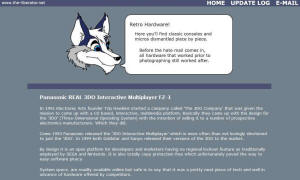
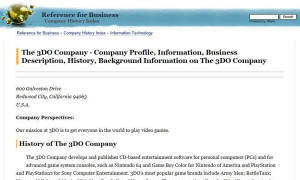
 DISCUSS
DISCUSS